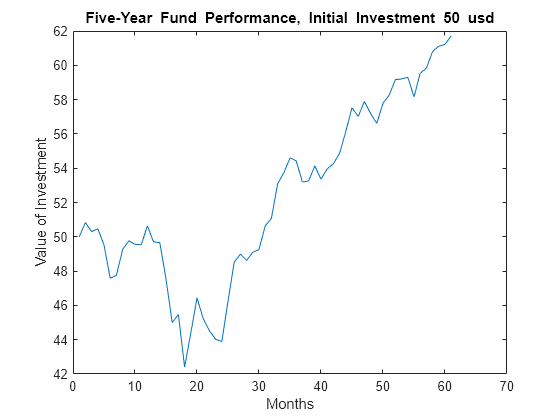maxdrawdown
计算一个或多个价格序列的最大回撤
说明
MaxDD = maxdrawdown(Data)N 的向量 MaxDD 中返回,还可标识每个序列的最大回撤周期的开始和结束索引并在 2×N 矩阵 MaxDDIndex 中返回。
[ 添加了一个可选输出 MaxDD,MaxDDIndex] = maxdrawdown(___)MaxDDIndex。
示例
输入参数
输出参量
详细信息
参考
[1] Christian S. Pederson and Ted Rudholm-Alfvin. "Selecting a Risk-Adjusted Shareholder Performance Measure." Journal of Asset Management. Vol. 4, No. 3, 2003, pp. 152–172.
版本历史记录
在 R2006b 中推出
